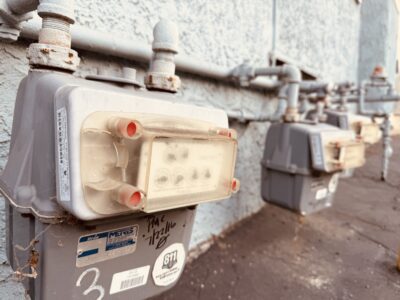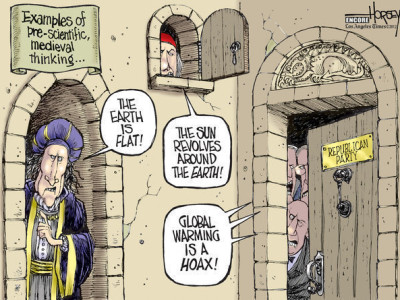Separated at Birth? No, not really.
Trump’s pro-coal EPA plan equates two legal provisions with little in common.
Trump’s plan for coal-fired power plants, like Obama’s plan to cut carbon emissions, is based on section 111(d) of the Clean Air Act. But much of the legal argument relies on an analogy to section 165 to support EPA’s very restrictive interpretation of section 111(d). It’s that restrictive interpretation that leads the agency to reject any alternative that would make meaningful cuts in carbon or conventional air pollution. But the argument is based on a misplaced analogy between the two sections.
You may know the game where two pictures have subtle differences you have to spot. This is really the opposite situation: it’s hard to think of two provisions that have less in common. The trick is to find points of similarity. Basically, they are both part of the same very long law, and like many other parts of that law, they allow EPA to veto state actions. Oh, I almost forgot, both use the word “best,” which is also sprinkled through many parts of the statute. EPA’s effort to equate the two provisions reminds me of the old movie where Danny DeVito and Arnold Schwarzenegger are supposed to be twins.
Here’s a side-by-side comparison of two sections. You didn’t really have to know anything about air pollution law to see how different they are:
| Section 111(d) | Section 165 | |
| Purpose | Prevent harmful emissions | Protect areas with excellent air quality |
| Date | 1970 | 1977 |
| Pollution control requirement | Best system of emissions reduction | Best available control technology |
| Applies to | Existing facilities only | New facilities or rebuilt facilities |
| Scale of regulated facility | All, from smallest to largest | Only “major” facilities |
| Role of state government | Create statewide plan | Issue permit for individual plant |
| EPA role if it rejects state’s action | Create federal statewide plan | Deny permit |
So there you have it: two provisions with different purposes, passed at different times, imposing different types of pollution control requirements, applying to entirely different facilities, with drastically different roles for the federal government. What could be more similar?
It seems especially odds to pick section 165 as the basis for interpreting section 111(d). Instead, you might look at the rest of section 111, which is supposed to work in tandem with subsection (d). (Which, when you think of it, is why subsection (d) is part of section 111 in the first place.) Or you might look at section 110, which also involves statewide plans and which section 111(d) expressly references for planning procedures. But I guess those would be too obvious for this Administration. Or would just lead to the conclusions Trump, Wheeler, and company don’t like.
Reader Comments
One Reply to “Separated at Birth? No, not really.”
Comments are closed.







We have SF Baykeeper that sues polluters of SF Bay as citizen enforcement of the Clean Water Act; does this law provide for citien enforcement? And if so, are there organizations doing this?